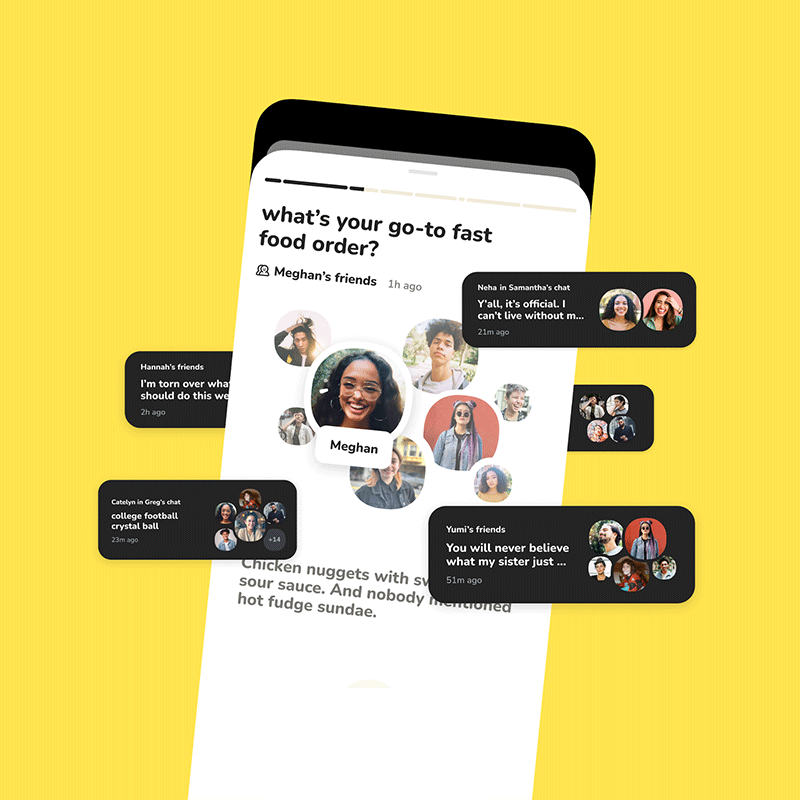
The COVID-19 was a huge disaster to many businesses around the world. But to some businesses, the pandemic was a gift.
Clubhouse was the Silicon Valley darling during the era where people were stuck at home due lockdowns. The platform also introduced a unique audio-based social networking experience, which allowed users to participate in real-time conversations and discussions on a wide range of topics.
This allowed it to effectively tap into the human desire for connection and meaningful conversations.
At first, Clubhouse also gained popularity due to its exclusivity, because it was initially introduced as an invite-only platform, which created curiosity and desire among users to join and see what the buzz was all about.
This exclusivity made it feel like an elite club, which can be quite appealing.
Clubhouse is also easy to use, simple, and pretty much straightforward.

It didn't take long before it attracted a wide range of celebrities, industry experts, and thought leaders who hosted discussions and rooms.
This celebrity presence added to the platform's allure and drew more users in.
Clubhouse caught the world by surprise. It quickly became a unicorn company worth more than $1 billion, before even leaving beta.
But the fame didn't last long.
To regain at least some of its lost fame and users following the post-pandemic era, the social media announced that it's building "Clubhouse 2.0."
And this time, the company shares the result of that big reset.
According to the company in a blog post, Clubhouse is redesigned to be "more like a messaging app."
The audio app is pivoting from its signature “drop-in” audio conversations to a friend-centric voice messaging platform. So instead of having sprawling rooms where users host live-streamed conversations open to any and all of the app’s users, the updated Clubhouse is encouraging users to join groups with peope they know.
Through groups it calls "chats," users can chat with friends and friends-of-friends by exchanging voice messages.
While there is still that "drop-in" element, but the updated Clubhouse emphasizes less on real-time talking, and more into a place where users can check on updates.
The app is also ditches its text-based direct messages in favor of private audio messages which, it calls voicemails or VMs.
This is like a step up of Clubhouse's 'Backchannel' feature.
Read: Clubhouse Goes Beyond Audio With 'Backchannel', A Messaging Feature
By changing the format of the conversation within its platform, Clubhouse is evolving by positioning itself more relevant in the fast-paced tech world.
And it's choice makes it more like Snapchat, where smaller groups of friends communicate privately or semi-privately, and less like X, where users are expecting engagements from strangers and boasting follower counts.
"It’s not about passively listening to people speaking," the company wrote in an update. "You can listen to great conversations on podcasts, YouTube, TikTok, and a lot of other platforms. It’s about talking with people […] and becoming real-life friends with your friends’ friends, and people you never would have met otherwise."
In other words, the new Clubhouse focuses more on "friends over followers."
While the pivot to messaging app makes sense, given the decline in popularity and engagement it experienced following the pandemic, the company is making the move with a bit of caution.
"It’s a big bet, and we hope we’re right…," said Clubhouse.
Read: 'It's Been Quite An 18 Months' Seeing Clubhouse Grew 'Way Too Fast'